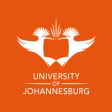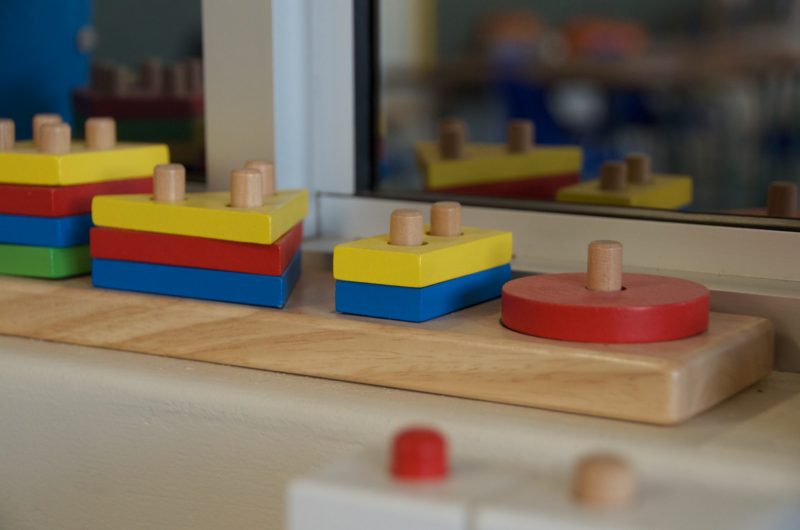In the winter of 2018, a group of postgraduate students met at a house on the Magaliesberg mountainside. They had been invited for a research retreat week, where they could discuss aspects of their work with each other and with one of their professors, Elbie, who had joined them.
Using some objects around the garden, the students created metaphors for their studies, invoking objects, such as flowers, vegetables and fruit for thinking about their work. During their joyful stay in the country, together they gave shape to the chronology of conceptualizing the five chapters for a typical dissertation or thesis.
CHAPTER ONE
Lufuno, an MEd student, begins the discussion, while having tea on the verandah with Elbie, who took on the role of ‘hostess’. Lufuno explains how she is struggling to find focus and to select the participant for her study. She would like to capture the reading progress of a single child in the first grade. She talks about her proposal and the planning of her first chapter. It is also when she clarifies the design type she will be using.
Click Here for the Resource
CHAPTER TWO
Sonja, a pHd student explores her search for suitable studies in a vast literature of applied educational linguistics to shed light on what she was pursuing – to find how first-grader Setswana-speaking children learned to become literate in Afrikaans, without having learned to read in their home language. On a walk down the farm road, she explains how her venture into the literature helped her to refine her study and specifically how she would analysis the data and the choices she would need to make about two very distinct bodies of literature.
Click Here for the Resource
CHAPTER THREE
After that Francois follows, explaining his struggles with writing persuasively about the literature that he has been studying and how to foreground his own position in knowledge-making – his ‘theoretical framework’ and how to design a study. This episode, with him looking for the theoretical ‘grounding’ is illustrated when two experienced farmers show him where to plant seedlings for optimal growth, even if he has to ‘transplant’ them for better growth. Francois loved this representation as a metaphor for epistemological grounding. He talks about designing and redesigning and planning with different research methods in mind.
Click Here for the Resource
CHAPTER FOUR
Gadija sits by the fireside, telling Elbie about the arduous journey of collating, organizing and analyzing data from different sources, some of which were longitudinal. She uses tomatoes as objects to illustrate her search for order in mountains of data and what do to with data that she thinks does not address her research questions.
Click Here for the Resource
CHAPTER FIVE
Two MEd students, Fikile and Refilwe, talked about their data analysis struggles and how they managed to draw conclusions from their findings – showing how they engaged with large volumes of qualitative data and how they interpreted the findings, filling a gap in the literature that they had been studying.
Click Here for the Resource
COMMENTS AND SUMMARIES
Between walks up the mountain, dinners around the kitchen table and discussions in the fresh winter air, the students rounded off their week with last comments about being a student.
Nadine, a professor of educational research, comments on the discussions throughout the film series, advising students to stay on track and to work in a structured way throughout – until they graduate.
In the last film in the series, Elbie talks to Gadija about her publications, which saw the light while she was engaged in her PhD study!
Click Here for the Resource
You may save whole film playlist and also subscribe to our YouTube channel by CLICKING HERE


